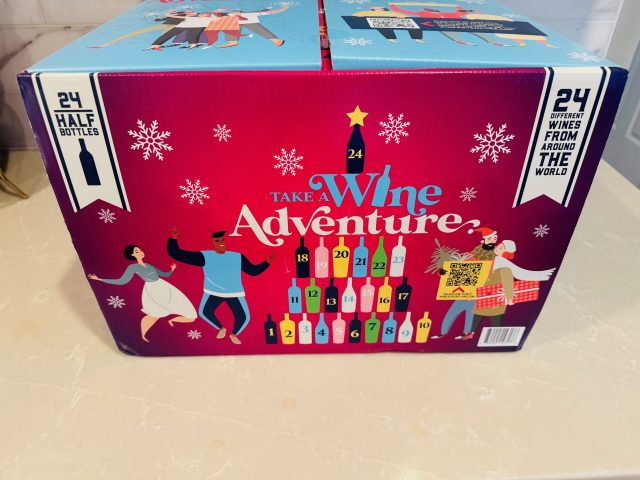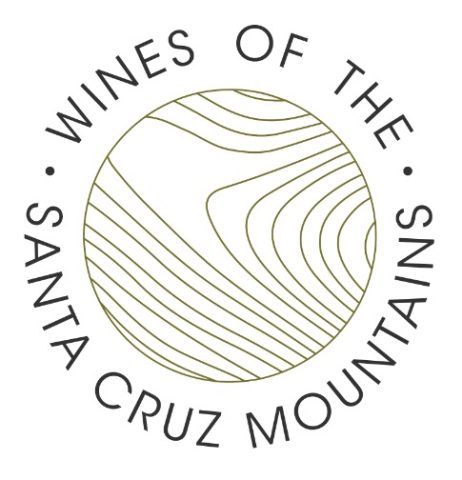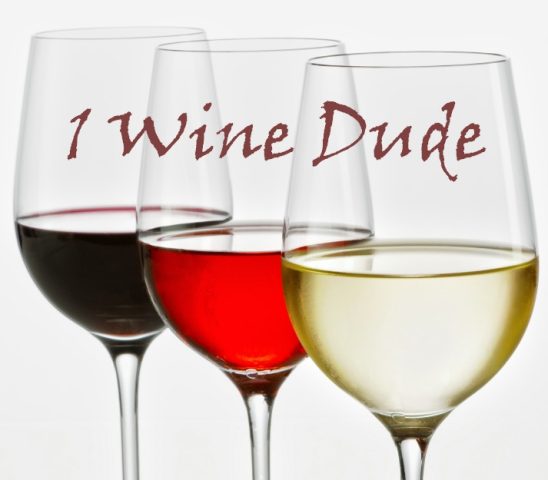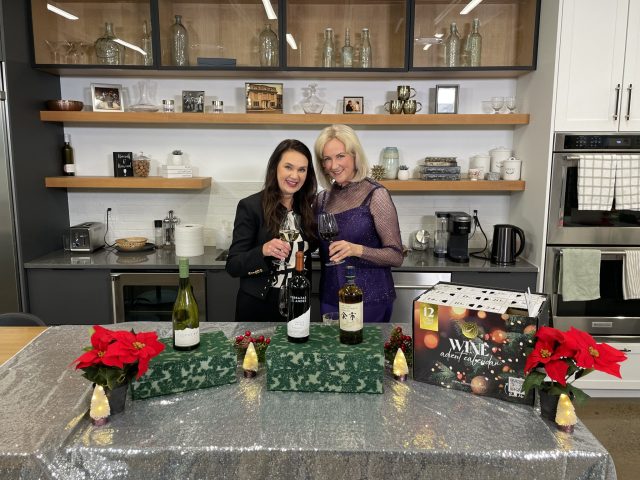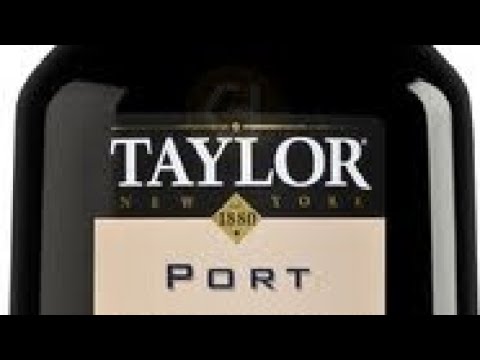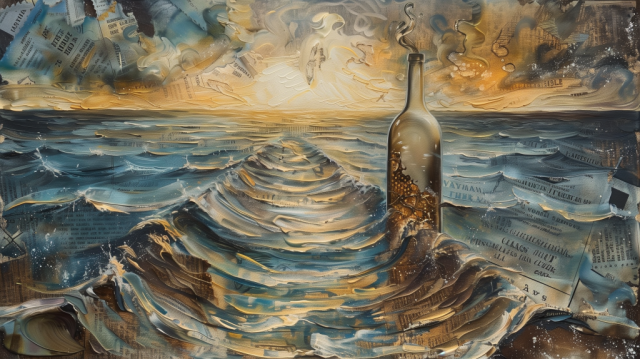Juan Carlos Sancha: Recovering Rioja’s Lost Genetic Diversity

Juan Carlos Sancha is Rioja’s Renaissance man: Professor of Enology at the Universidad de La Rioja, researcher, viticulturist and winemaker[1]. He has made wine at several wineries, including those in the Canary Islands and in Chile. He is a champion of sustainable viticulture and of recuperating old grape varieties and restoring Rioja’s genetic diversity. In 2008 he decided to put his research findings to practice and returned to his base in the village Baños de Río Tobia in Alto Najerilla (see map below), the coldest part of Rioja, and where he grew up. He now makes wines from the varieties he has recovered as well as wines from some of the region’s very old, high altitude (580-750m) vineyards, including several Garnachas made from different parcels labeled by their grower/owners. Juan Carlos showed us his research findings, and we tasted his wines at the Spanish wine fair FENAVIN. We review his wines below.
Rioja’s Loss of Diversity
Over a century ago, in 1912, Rioja grew 44 different grape varieties; today only 7 are widely grown. Some varieties (e.g., Royales, Morisca, Yjaurel, Granadina, etc.) have disappeared forever. Meanwhile, Tempranillo has continued its inexorable growth from 31 percent of plantings in 1973 to 88 percent today, while Garnacha plantings have shrunk by 65 percent over the past three decades.
Juan Carlos Sancha’s strategy for increasing the diversity of the Rioja vineyard has three legs: (1) recover old grape varieties, (2) maintain and nurture old vines, and (3) protect the indigenous vegetation of the region. Along with his teacher and colleague Fernando Martínez de Toda, he has helped recover 27 grape varieties since 1988, and he currently produces wine from four of them: tempranillo blanco, maturana blanca, maturana tinta, and monastel. He has also promoted the conservation of old vineyards in the Alto Najerilla, especially old vine Garnacha, by purchasing grapes from owners of those vineyards and then marketing the wines with the names of the growers prominent on the label. This line of wines is called Peña el Gato.
Sustainability and Experimentation
In addition to restoring Rioja’s grape diversity, Juan Carlos is dedicated to the practice of sustainable viticulture and winemaking. He does not irrigate, filters and cleans the water used in the winery, uses renewable energy to the extent possible in the winery, and practices organic viticulture. He puts the focus on the vineyard and terroir.
Consistent with his research background, Juan Carlos is also an inveterate experimenter. He ferments in oak, concrete, clay, granite and stainless steel to observe how the wine varies. Compared to stainless, he finds concrete fermented wines to be more concentrated and structured, while wines fermented in clay tinajas give a more authentic expression of terroir. He wants his wines to express terroir, so he only uses used 500L barrels. He disagrees with the popular notion that the amount of time a wine spends in new oak is an indicator of quality.
The Wines
Juan Carlos makes three lines of wines sourced from 23 ha of vines. As noted above, the Ad Libitum label is for wines made from grape varieties that have been rescued from the past. The Peña el Gato label is for wines made from very old (100+ years) vines, especially Garnacha. And, the third label is the 2.7 ha Cerro la Isa, which has been designated a Viñedo Singular; it’s a very steep, high (700m) vineyard planted by Juan Carlos’ great grandfather in 1906. 63% of his production is exported.
Bodegas Juan Carlos Sancha 2021 Ad Libitum Tempranillo Blanco Rioja (Alta) 91 This Tempranillo Blanco from a 22 year old vineyard in Baños de Río Tóbia is full in the mouth with bright acidity and a long finish. It’s a straightforward, clean wine showing citrus and orchard fruit aromas and flavors. From a vineyard planted in 2001 at 565m on old terraces in the Valle del Najerilla. 13% alc Bodegas Juan Carlos Sancha 2022 Ad Libitum Maturana Blanca Rioja (Alta) 93 Pale straw with a hint of bronze. Flowers and wet rocks show on the nose. Soft on entry with fresh melon. pear and citrus complemented by floral notes. Bright acidity and a lovely, full, leesy mouth feel. Sourced from vineyards in Baños de Río Tóbia and hand harvested and fermented in new 500L French oak barrels where it ages on the lees for 5 months. 13.5% alc. Bodegas Juan Carlos Sancha 2020 Cerro La Isa Blanco Viñedo Singular Rioja (Alta) 95 Sourced from a 700m high vineyard planted in 1906, the Cerro La Isa Blanco is a field blend of 5 varieties led by Garnacha Blanca. Medium yellow gold color. Densely flavored with a complex, layered palate of citrus and orchard fruit with a hint of the tropical. Fresh with bright acidity. Very very long rich finish. Barrel fermented and aged 8 months in barrel on the lees. This is one of the first Viñedo Singulares approved by the Rioja DOCa. 14% alc.
Bodegas Juan Carlos Sancha 2021 Ad Libitum Monastel de Rioja Rioja (Alta) 91 Deep purple-hues. This is a substantial wine showing cassis and balsamic notes on the nose. On the palate, it’s meaty with dark red fruit flavors complemented by hints of violets and blueberries. It shows high acidity and firm, dry tannins. From a 565m vineyard planted on old terraces with calcareous clay soils in 1986. Destemmed and fermented in new 500L French oak barrels where it also matured for 11 months. Monastel became an officially approved variety in 2007. Written references to the grape appear as early as 1847. 14% alc. Bodegas Juan Carlos Sancha  2020 Cerro La Isa Tinto Rioja (Alta) 96 Medium red. The Cerro La Isa Tinto is an elegant, almost ethereal wine. This old vine Garnacha reveals red berries and floral notes (rose petals) on a very fresh palate. Sourced from the 700m high, 117 year old Cerro La Isa
2020 Cerro La Isa Tinto Rioja (Alta) 96 Medium red. The Cerro La Isa Tinto is an elegant, almost ethereal wine. This old vine Garnacha reveals red berries and floral notes (rose petals) on a very fresh palate. Sourced from the 700m high, 117 year old Cerro La Isa
Viñedo Singular, hand destemmed, fermented and aged 18 months in 50% new 500L French oak. The label says 15% alcohol, but it doesn’t begin to taste alcoholic. Bodegas Juan Carlos Sancha 2021 Peña El Gato Granito Garnacha Rioja (Alta) 94 This old vine Garnacha fermented in granite is one of Juan Carlos’ experiments. It’s explosive on the palate and compared to the wine made in tinaja is more focused, crispy and has more volume. Sourced from 95 year old vines at 650m in Baños de Río Tóbia. 14.5% alc.
[1] Juan Carlos Sancha y Fernando Martínez de Toda (1999), “Preservación y estudio de cinco antiguas variedades de vid en La Rioja: Maturana Blanca, Maturana Tinta, Monastrel, Ribadavia y Turruntés,” Universidad de La Rioja.



